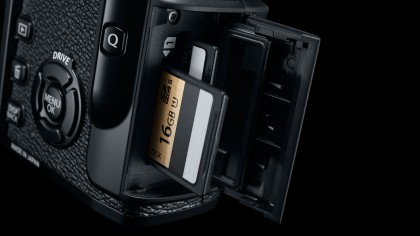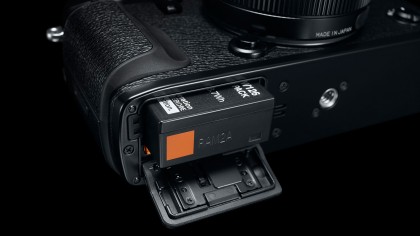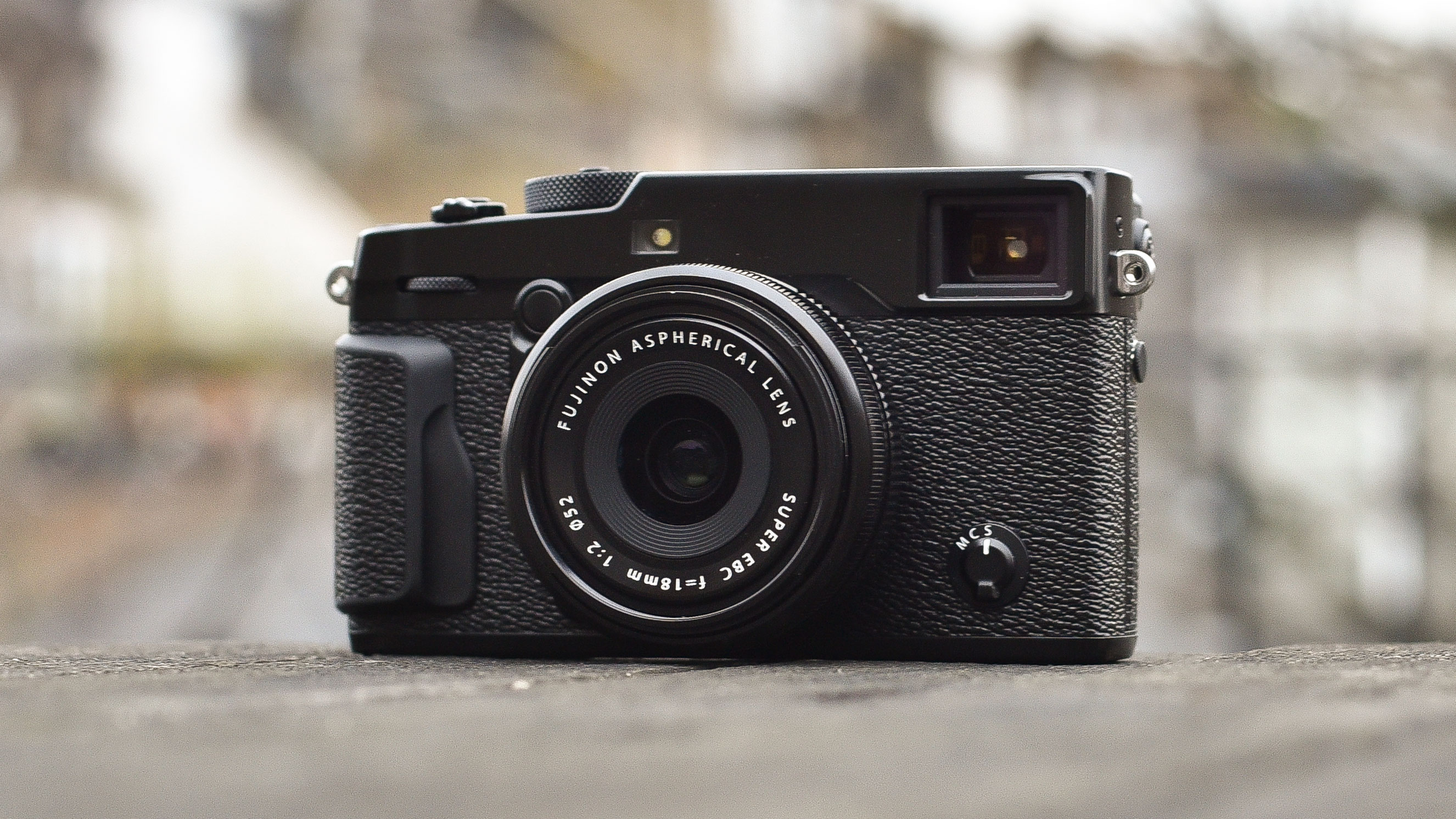Why you can trust TechRadar
Fuji has fleshed out the X-Pro1's video recording options for the new model, sadly not offering the 4K recording common to many other recent releases, but with full HD capture now available in 60, 50, 30, 25 and 24p options. These record for up to 14 and 28 minutes at a time in Full HD and HD quality respectively. There's also a mic port for external microphones to be used as an alternative to the camera's own, and using the built-in interval timer it's possible to create time-lapse footage.
The camera's focusing system has been significantly upgraded from the 49-point system found on the X-Pro1. There are now 77 points as standard, and this can be expanded to 273 points where required, which densely saturates the central part of the frame with AF points. Phase-detect points now occupy 40% of the imaging area, which is said to help the camera when focusing on a moving subject, while improvements to the predictive AF algorithm are also said to be behind better performance here. Furthermore, thanks to changes to the contrast-detect readout speed from the sensor and the new processor, the camera is said to achieve the fastest focus of any X-series camera – double that of the X-Pro1.
The X-Pro2's manual focusing system has also received attention, with the previously seen focus-peaking option fleshed out with different colour settings and peaking levels, as well as the rangefinder-style Digital Split Image method of achieving correct focus in both colour and monochromatic options.
The new camera follows other recent Fuji models such as the X-T1 and X-A2 in providing built-in Wi-Fi connectivity. As we've come to expect on such models, this can be used to control the camera remotely for shooting or simply browsing and downloading images and videos. When used in conjunction with the Fujifilm Remote Camera app, images and videos on the camera can be browsed and saved to a tablet and smartphone, while GPS information recorded by the app can also be subsequently embedded into images. You don't need to use the app, however, as you can simply send images to a computer from the camera if you prefer.

Thanks to a new focal-plane shutter, the camera can reach a maximum shutter speed of 1/8,000 sec, although this can be extended to 1/32000 when the electronic shutter is used. This has the further benefit of silent shooting, which is useful with specific subjects and for discretion. The flash sync speed has also increased from 1/180sec to 1/250sec here, and Fuji rates the shutter to at least 150,000 frames, which is on a par with many pro-level cameras.
The X-Pro2 has the honour of being the first Fuji camera to sport two card slots. Both support the SD, SDHC and SDXC formats, although the primary slot also allows for the use of UHS-II cards, which are faster than more conventional ones. As the X-Pro1 only offered one slot, this was incorporated into the camera's battery compartment, accessed via a door on the base of the camera, but the switch to two slots on the new model has meant this has now moved to a side-access door, which in turn means the camera no longer needs to be removed from a tripod for cards to be accessed or changed.

Those upgrading from the X-Pro1 but planning on keeping it as a backup body will also be pleased to learn that the new model uses the same battery. Battery life varies with poor management settings, but it stretches from 210 frames in the High Performance mode up to 330 frames in the Economy setting.
